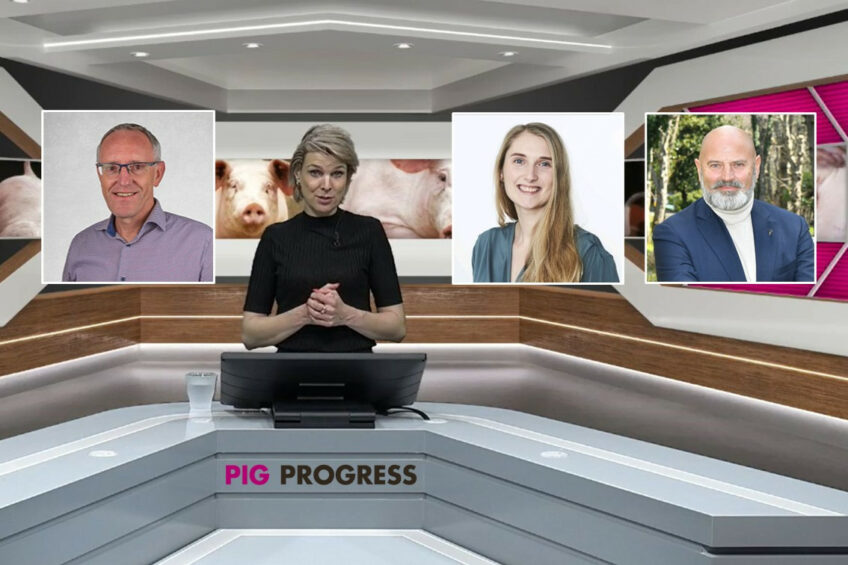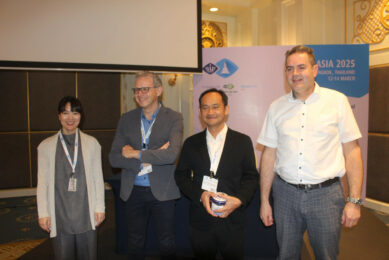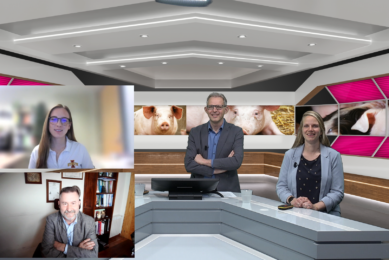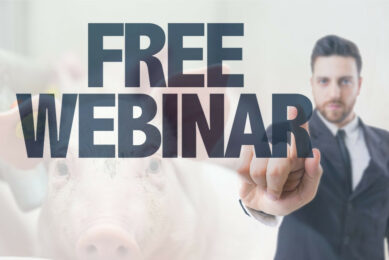On-demand: Webinar on insights around weaning

How to wean better – and how can nutrition and welfare play a role in that improvement? Those questions were key at the most recent webinar of Pig Progress, held on June 20. The webinar can now be viewed on-demand for free.
To review the webinar, click here
Developments in piglet nutrition and weaning
The webinar was kicked off by Jan Fledderus, senior consultant and product manager swine at Schothorst Feed Research, the Netherlands. His presentation focused on developments in piglet nutrition and weaning.
He addressed certain recent developments in piglet nutrition – for instance the removal of antibiotics in diets in the European Union, as well as the restriction of use of copper and zinc in piglet diets. In other words, he said, there is a focus on health around weaning, and a focus on growth and feed conversion ratio in diets in the 2nd week after weaning.
Then moved on to discuss how to wean healthy piglets, for instance by looking at management factors like litter size and weaning age. Het also had attention for diet factors, like the function of the stomach as well as the role of fibres. Fledderus closed off with various practical implementations.
Addressing post-weaning diarrhoea problems
Next speaker was Dr Lea Hübertz Birch Hansen, from the company Novonesis, which was formed after the merger of 2 Danish biosolutions companies Novozymes and Chr Hansen. She started off by saying that in 51% of all nursery piglets with diarrhoea, no pathogens are detected. In addition, she said, more than 40% of piglets that did have a high level of enterotoxigenic E. coli (ETEC), the piglets did not develop diarrhoea.
In other words, she said, the presence of diarrhoea would be inadequate as decision tool for deciding when to treat with antibiotics.
One different strategy to address post-weaning diarrhoea would be to include a dual-strain Bacillus-probiotic in piglet diets. She concluded that “Administration of the Bacillus-based probiotic to nursery pigs is a promising prophylactic strategy to overcome infectious and nutritional challenges post-weaning.”
Pig appeasing pheromone
Next on was Dr Patrick Pageat, founder and scientific and technical manager of Signs Laboratories in France. He pointed to the fact that at weaning, piglets are being removed from their mothers. The young animals, however, also experience attachment, a behavioural and physiological phenomenon, involving the brain and the immune system, supported by maternal pheromones.
Separating the piglets from their mother leads to “a sudden deprivation in maternal pheromone,” Dr Pageat said. This pheromone, however, can be supplied in a synthetic form, marketed as SecurePig. That can be hung at 1.50m from the ground in a nursery pig pen or can be used as a spray on the animals’ backs between the shoulders in short-term stress situations.
To review the webinar, click here











